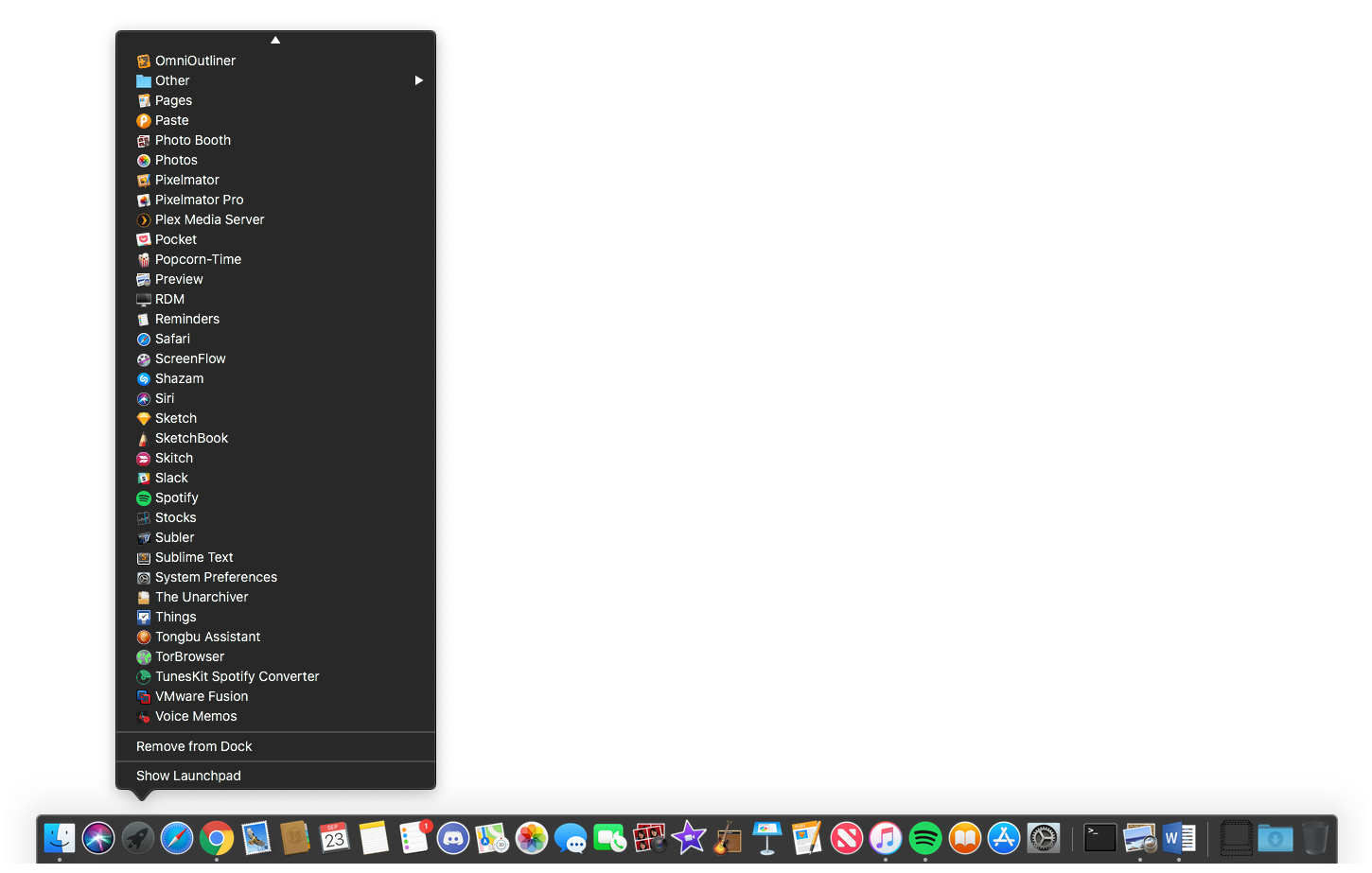

- #Mac os start menu for windows mac os#
- #Mac os start menu for windows drivers#
- #Mac os start menu for windows full#
- #Mac os start menu for windows mac#
These work on files and folders in the Finder, dialog boxes, and in some applications.īrings up the Contextual Menu (Sys 8 and later).
#Mac os start menu for windows mac#
This should only be used in extreme troubleshooting situations and only if you’re comfortable with shell-level command-line system administration.įor more technical details on the Mac Startup Sequence process, see this Apple article. (OS X only, at boot) Puts system into "single-user" mode, launching right into a terminal shell.
#Mac os start menu for windows drivers#
(OS X only, at boot) Puts system into "verbose" mode, showing the status of the system as all of the drivers and packages load.
#Mac os start menu for windows full#
For other PowerBook and iBook models and the full details, see this Apple article. Resets the power manager on G3 PowerBooks (M4753 model). Use if battery will not recharge after trying the Intelligent Battery Updater. Holding for 5-10 seconds before powering up resets the power manager on PowerBook 500, 520, 540, 540c. (Although I measured zero difference on my G4/400 with 320 megs RAM.) These checks can take a long time during Startup on Macs with a lot of RAM. See " Hidden Functions" to set this permanently. (May disable certain older extensions if held during boot)īypass RAM integrity checks during startup. If held down before the Finder launches, will close any open windows. This is a hardware-based feature, and may not be available on all systems. In OS X, will produce a volume list, allowing a choice of systems to start from. (at boot) Brings up the Startup Manager on the new G4-era Macs. (Programmers who use the MacsBug debugger should change this to a different key) A "Location" is a global configuration set of many settings: the extensions set, control panel settings, etc. Read more here.īrings up the Extensions Manager before Extensions load.īefore the long startup process, brings up the Location Manager. To kill this mode, drag the icon to the trash and shut down the Target Mac. The Target Mac's hard drive will show up on the desktop of the Host Mac. Boot the Target Mac while holding down its "T" key, then let go when the FireWire icon appears. With the "Host Mac" running, connect to the Target Mac with a 6-pin FireWire cable. Makes new Powerbooks (bronze keyboard, FireWire) boot from internal drive.įorces a recent G4 or FireWire PowerBook to start up in FireWire Target Disk Mode, which enables this "Target Mac" to act as a FireWire-accessible hard disk. (This will let you boot from a CD on Older Macs and some clones)īypasses the startup disk when starting up, and boots from specified SCSI ID. Will try to boot from other drives in a predetermined order. Turns off Virtual Memory until next restart.īypasses the startup disk when starting up. Invoke before boot, and let the Mac restart/chime a few times before letting go. Resets most Control Panel settings stored in Parameter RAM. (If you wait until after all extensions load, but before the Finder launches, this will stop the launch of items in the "Startup Folder." Turns off extensions in the Extensions folder. (Use at Finder launch or when removable media is inserted) To invoke these functions, hold down these keys during the listed stage of startup: If you use these extensions, only use these commands during the appropriate stage of startup, or a key combination might cause two different functions. Note: A few third-party extensions, such as Conflict Catcher, RAM doubler and MacsBug have their own key combinations.

Various events can be triggered at each stage. There are three stages of startup: (1) boot/selftest, (2) extension loading, and (3) Finder launch. Just remember these two modifier-key differences: If you are switching to Mac from a PC, most keyboard shortcuts are the same. Startup shortcuts Working in the Finder and Applications Saving files Dealing with freezes Hidden functions Taking pictures of the screen Changing keyboard layouts (In particular, Command-N opens a new OS X finder window, which created a new folder in OS 9.)
#Mac os start menu for windows mac os#
These shortcuts are for MacOS 9 and earlier unless noted.įor Mac OS X, see this Apple list of OS X shortcuts. Over 60 major shortcuts, keyboard commands and tricks! Print this out- you'll save time and work more intuitively.

Check out the more recent Mac OS Tips in the Silent Way Forum. These tips are courtesy of Silent Way Media Asset Management in San Francisco.


 0 kommentar(er)
0 kommentar(er)
